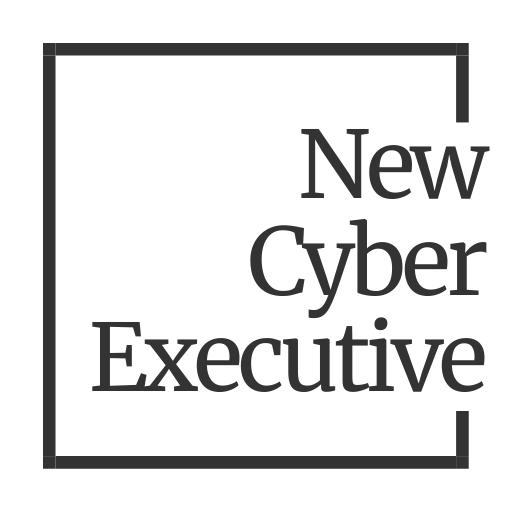Cybersecurity Strategy: Finding the Crux
Why This Matters
For CISOs, the toughest challenge isn’t external threats but internal friction. The blockers are rarely technical. They surface as quiet resistance: leaders relying on benchmarks, assuming IT owns security, or treating risk as important yet never urgent. What’s missing isn’t another action list but a shift in how security is positioned in the business.
The goal isn’t to make leaders care more about cybersecurity. It is to remove friction by tying security to context so it appears naturally in decisions, trade-offs, and priorities without translation.
How the Approach Works
1. Finding the Crux
Executives don’t ignore security out of carelessness. They fall back on narratives like “We’ll revisit this next year” or “IT already has it covered. Arguing against those stories fails. Progress comes from displacing them by reframing the discussion, targeting points of influence, and defining success in terms leaders already use.
2. Shaping Perceptions and Decisions, Indirectly.
Strategies falter when they expect leaders to think in “cyber” terms. Executives don’t need a new mindset. They need to see how security fits into the decisions they already make about growth, risk, and priorities. The goal isn’t alignment by decree. It is shaping decision conditions so security enters the conversation naturally, without needing permission.
What This Delivers
Diagnosis of addressable internal blockers (not complaints).
Clear principles to shape behavior and decisions.
A coherent approach that moves beyond “alignment.”
A structure that adapts—without changing the core strategy.
Engagement Structure
Step 1 — Strategy Discovery (2–3 hours): Diagnose internal blockers and narratives.
Step 2 — Strategy Enablement Design (2–3 hours): Shape principles and levers that embed security into decisions.
What's Next?
This offering ensures cybersecurity strategy isn’t just a technical roadmap. It’s a targeted effort to overcome internal barriers, shift perceptions, and drive lasting influence.
By embedding security into business decision-making, leadership conversations, and organizational habits, cybersecurity moves from being understood—to being acted upon.
